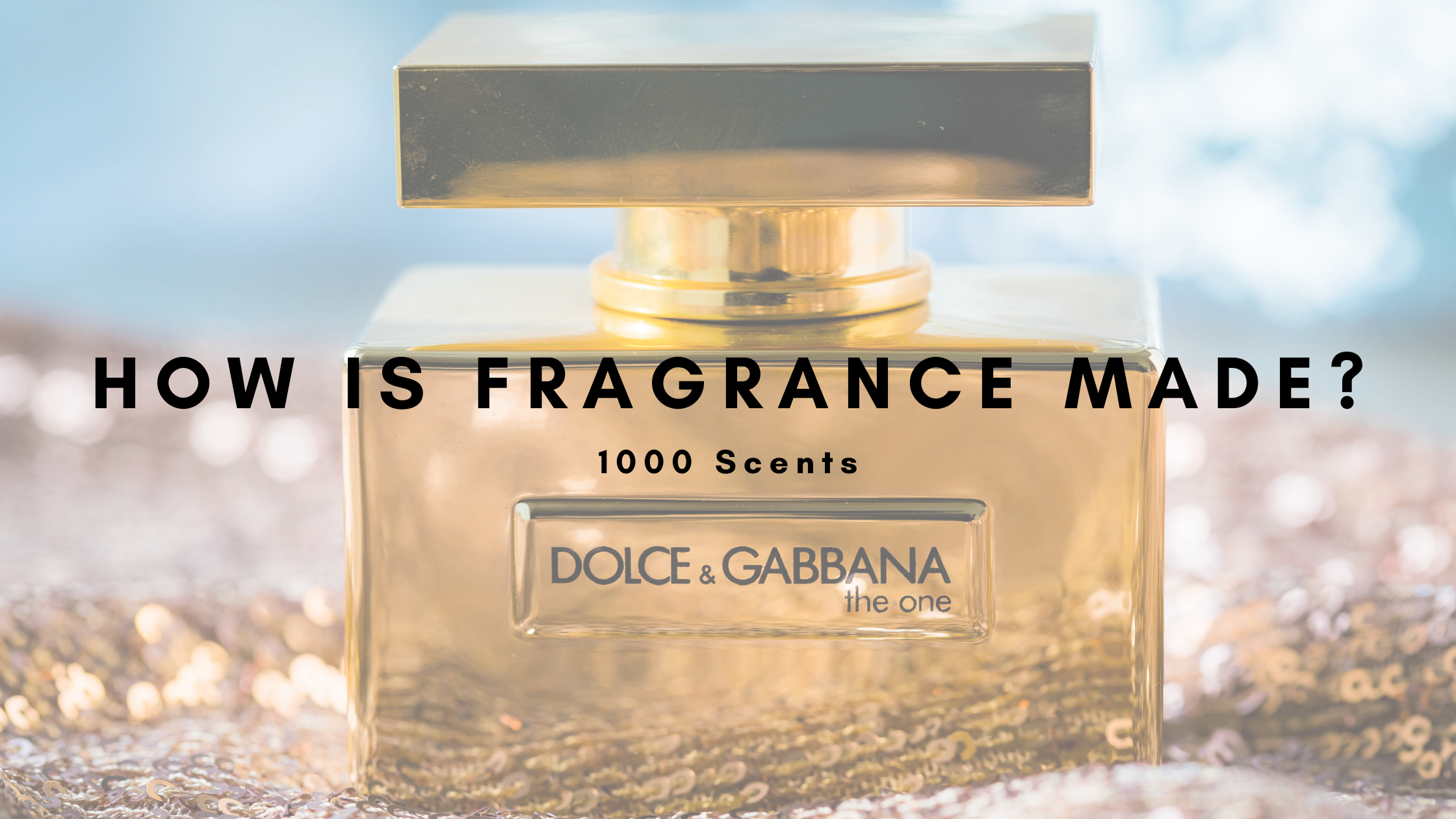Imagine this…
You get a new bottle of fragrance. You’ve been waiting for weeks, researching fragrances and deciding which one to try next.
Then the bottle finally arrives.
Excited, you spray it a few times on your neck.
And you breathe it in.
Aaaaaaaaaaaahhhhhhhhhh!
As the opening notes hit your nose, you relish the scent.
And then a thought occurs to you…
Wait a minute – how do they even make this divine scent?
What kind of magic goes on behind-the-scenes? How do they make this liquid where you can smell a mix of flowers and citrus before a timed release into musks and woods?
Here’s how…
The Beginning
Materials
First off is collecting the materials, whether its plants or synthetic chemicals. While animal products used to be used in fragrance, most brands have since stopped. Instead, synthetic chemicals are created to mimic the organic ingredients to give a more humane approach to developing fragrance.
Synthetic ingredients are also a life saver (literally) for fragrance makers. Not only do animals not have to die, but the procurement of ingredients can be oddly specific (like needing castor from Canadian or Russian beavers) and have a small window of opportunity where a mistake could throw a wrench into the creation process (like a harvest of plants going awry).
Many different materials are now developed artificially. For example, musk, ambergris, and Lily of the Valley are created synthetically. Ingredients like jasmine, sandalwood, and vanilla are still extracted from their natural sources.
Extraction Methods
There are a variety of ways to extract oils from materials. Most of these methods sound fancier than they actually are. Essentially, you squeeze, boil, mash, and grind the oils out of the materials. Not trying to lay down the science too hard, but…
1) Enfluerage
Enfleurage is a fancy thing for a pretty straight forward process.
You put the ingredients (likely flowers in this case) on glass sheets covered with oil. From there, you proceed to grind them against each other until the grease eventually absorbs the materials.
And no, a chimp couldn’t do this (or at least I don’t think so).
Maceration is another method for extraction, but it’s very similar to enfleurage. Instead of using grease, you can use warmed fats to soak up the oils. The fats can then be easily burned off to reveal the oils from the materials.
2) Steam Extraction
The materials are placed in a still – a piece of equipment that distills liquids first by heating, and then cooling to condense the vapour.
As the materials are heated up, the resulting gas passes through tubes before being cooled.
3) Solvent Extraction
The ingredients are placed in rotating tanks and mixed with petroleum ether or benzene.
With time, the plants dissolve and leave behind a concentrated wax. You can then mix the wax with alcohol, which when heated, burns off the wax leaving behind a concentrated oil – which now forms the base of our fragrance.
4) Expression
Very similar to Enfleurage, except the materials are pressed manually (by hand or machine) to extract the oils.
Think of it like hand-squeezing oranges to make orange juice.
The Middle
The oils are then blended together based on a formula concocted by a perfumist.
Obviously, the formula can vary widely and is the “secret recipe” behind a fragrance. Like the Krabby Patty formula, you should keep this under lock and key.
The formula will also determine the level of concentration. The greater the ratio of oils to alcohol, the more concentrated and stronger the fragrance will be.
Fragrances with an Eau De Parfum (EDP) level of concentration will be composed of approximately 15-20% oils, with the rest being alcohol and a small amount of water. As this is highly concentrated perfume, the resulting fragrance will typically last longer and have greater endurance (as well as come with a higher price tag).
On the lower end, Eau De Cologne (EDC) or Eau Fraiche fragrances will have oil compositions of 1-3% and 2-6%, respectively. Remember: the EDC label indicates concentration and does not mean that men’s colognes are weaker in concentration than women’s perfume.
The End
Blending is typically followed by aging. Aging may range from months to many years. Its similar to the aging of alcoholic beverages, where you have much shorter aging for beer compared to a fine 1897 scotch.
At this stage, the fragrance is tested routinely. The aging process allows the different notes to blend together and balance out, creating the top, heart, and base notes we know and love.
From there, its time to bottle it!
Where The Magic Happens
So now you know how fragrance is made.
And even though you know how the proverbial “sausage is made,” I don’t think it lessens the magic of it.
You take a few ingredients and with a little chemistry, turn it into something that can captivate and entice people of all ages.
If you’re looking to get your hands on some liquid magic without breaking the bank because everyone deserves a little luxury in their life…
Enjoy a fragrance subscription from 1000 Scents. Find your signature scent and every time you take a big whiff of a fantastic scent…
Remember how it was made.
Click here if you’re interested in men’s cologne or click here if you’re into women’s perfume.
Until next time,
Remember…
Luxury is affordable.

